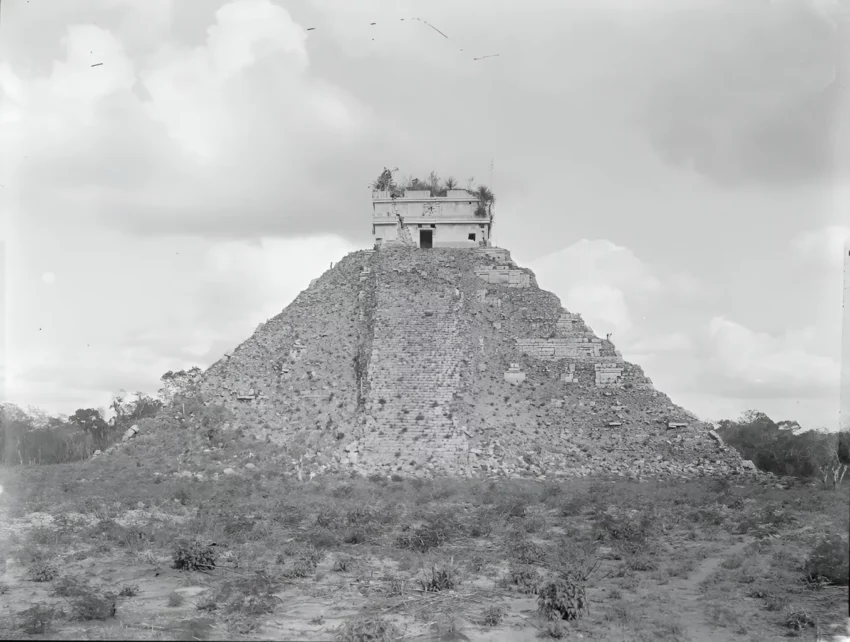Introduction
Alfred Percival Maudslay’s expedition to Chichen Itza in 1889 was a pivotal moment in the exploration and study of the ancient Maya civilization. Known for his meticulous documentation and preservation efforts, Maudslay’s work at Chichen Itza provided invaluable insights into one of the most significant archaeological sites in Mesoamerica.
Get your dose of History via Email
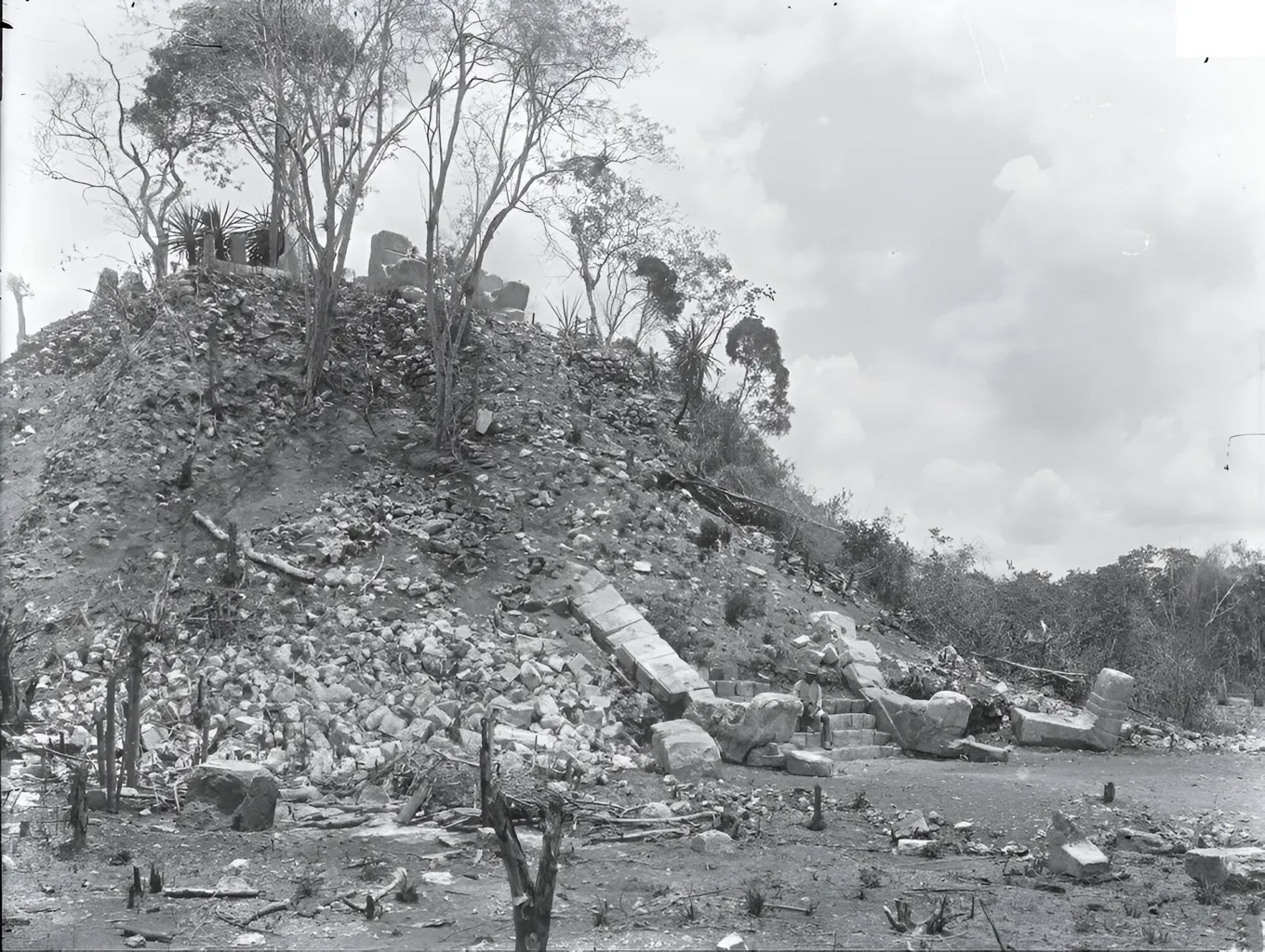
Background
Alfred Percival Maudslay, born in 1850, was a distinguished British explorer, archaeologist, and photographer. He developed a deep fascination with the Maya civilization, which led him to conduct extensive fieldwork across various Maya sites. By 1889, Maudslay had already established himself as a leading figure in Maya archaeology through his work at other sites such as Quiriguá and Copán.
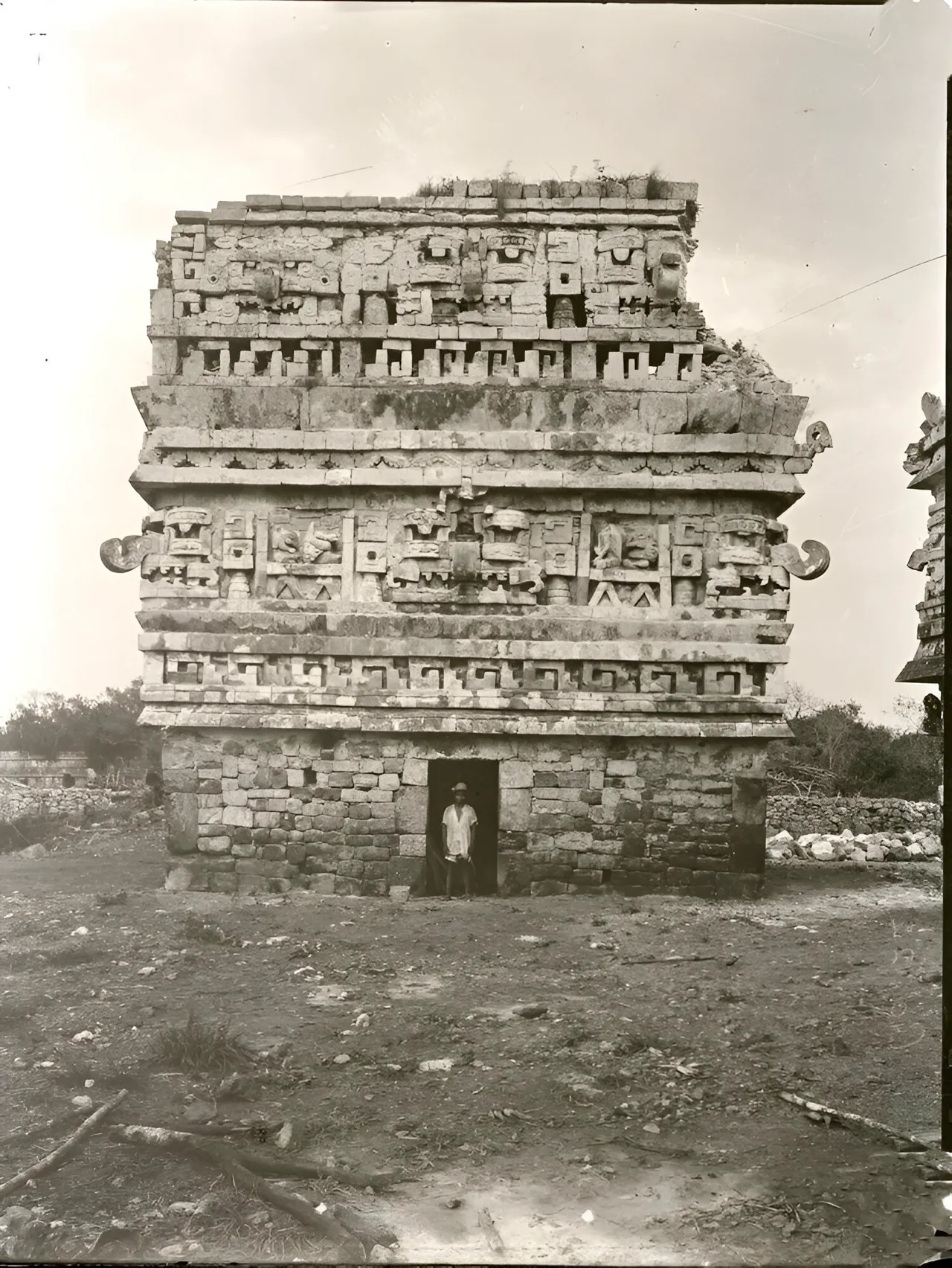
Preparation and Journey
Maudslay’s journey to Chichen Itza was part of his broader mission to document Maya ruins comprehensively. He prepared thoroughly, equipping himself with advanced photographic equipment, drawing materials, and a team skilled in excavation and conservation. Departing from England in early 1889, Maudslay navigated through Mexico’s challenging terrain to reach Chichen Itza, located in the northern Yucatán Peninsula.
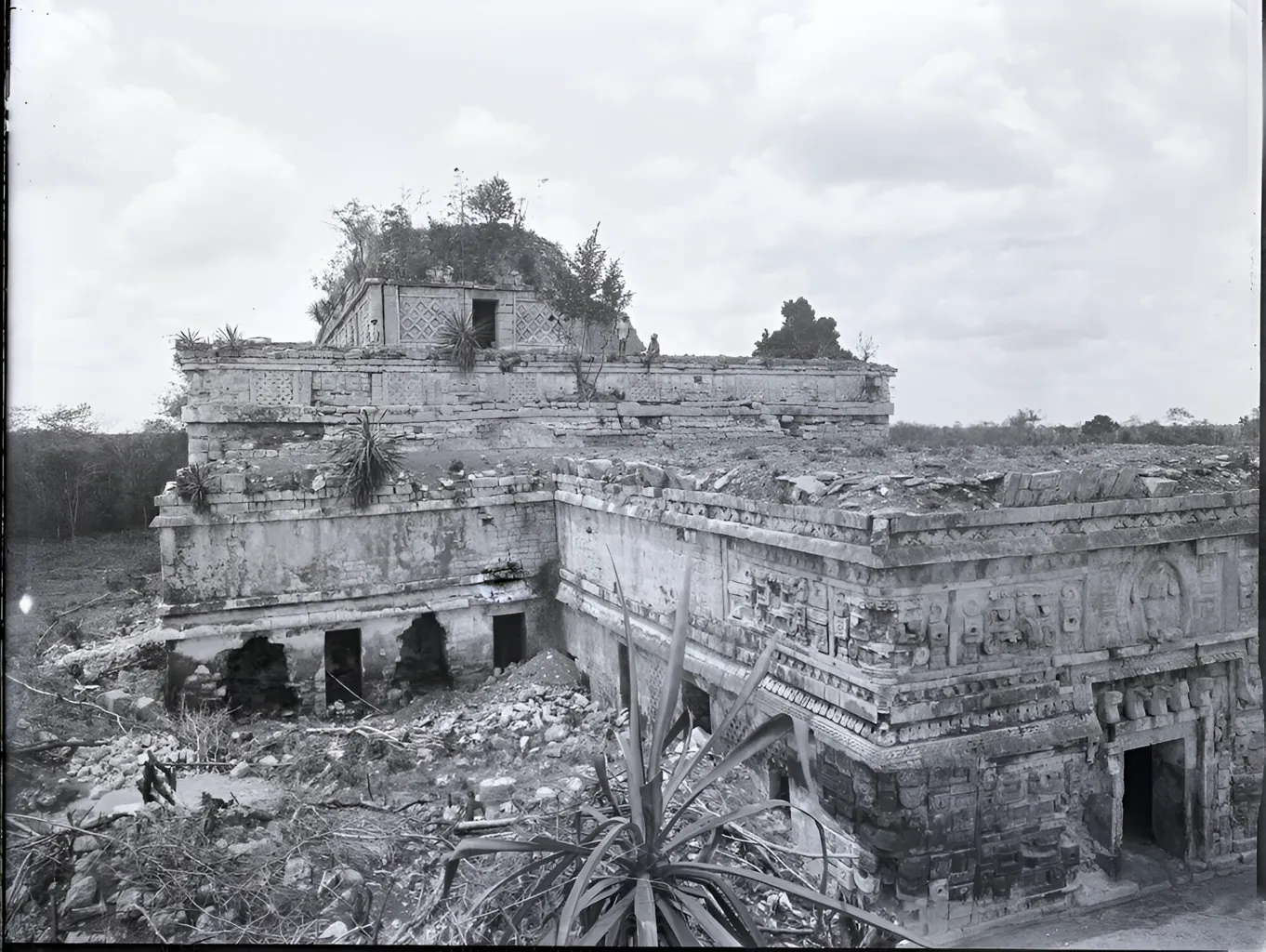
Activities at Chichen Itza
At Chichen Itza, Maudslay focused on several key areas, employing his trademark meticulous approach to documentation:
- Photographic Documentation: Maudslay used cutting-edge photographic techniques to capture high-quality images of Chichen Itza’s architecture and sculptures. His photographs provided an unprecedented visual record of the site’s condition and details.
- Drawings and Plans: He produced detailed drawings and plans of the site’s major structures, including the iconic Pyramid of Kukulcán (El Castillo), the Temple of the Warriors, and the Great Ball Court. These plans were essential for understanding the layout and architectural complexity of Chichen Itza.
- Epigraphic Records: Maudslay documented the hieroglyphic inscriptions found on stelae and buildings, contributing valuable data for the study of Maya writing and historical chronology.
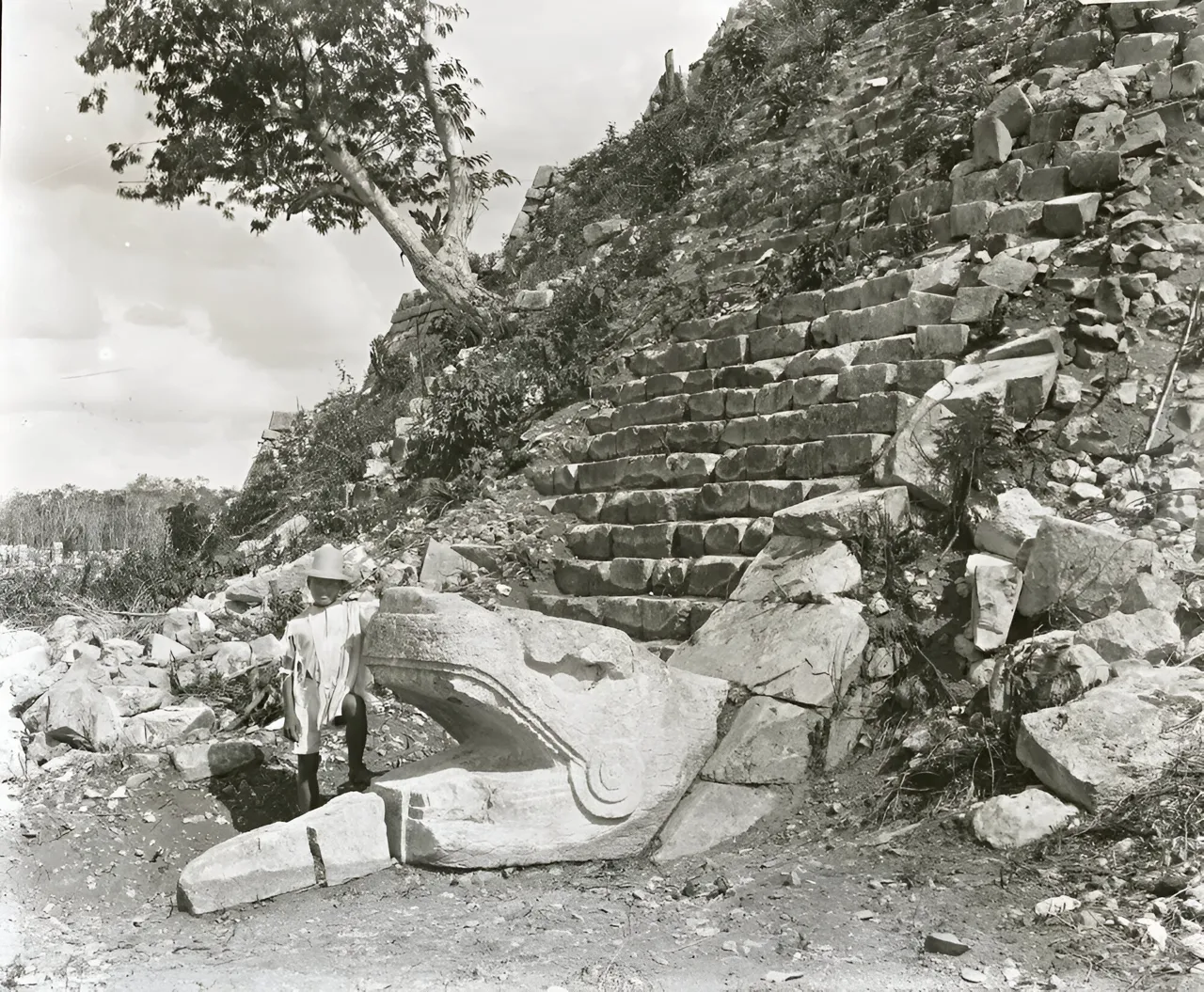
Key Findings and Contributions
Maudslay’s work at Chichen Itza resulted in several significant contributions to Maya archaeology:
- Architectural Analysis: His detailed documentation provided insights into the construction techniques and architectural styles of Chichen Itza, revealing a blend of Maya and Toltec influences. This hybrid style suggested cultural interactions and migrations within Mesoamerica.
- Hieroglyphic Studies: The inscriptions recorded by Maudslay enriched the corpus of known Maya texts, aiding future epigraphers in their efforts to decipher the Maya script and understand its historical context.
- Cultural Insights: Through his careful study of the site’s layout and artifacts, Maudslay contributed to a deeper understanding of the social, political, and religious practices of the ancient inhabitants of Chichen Itza.
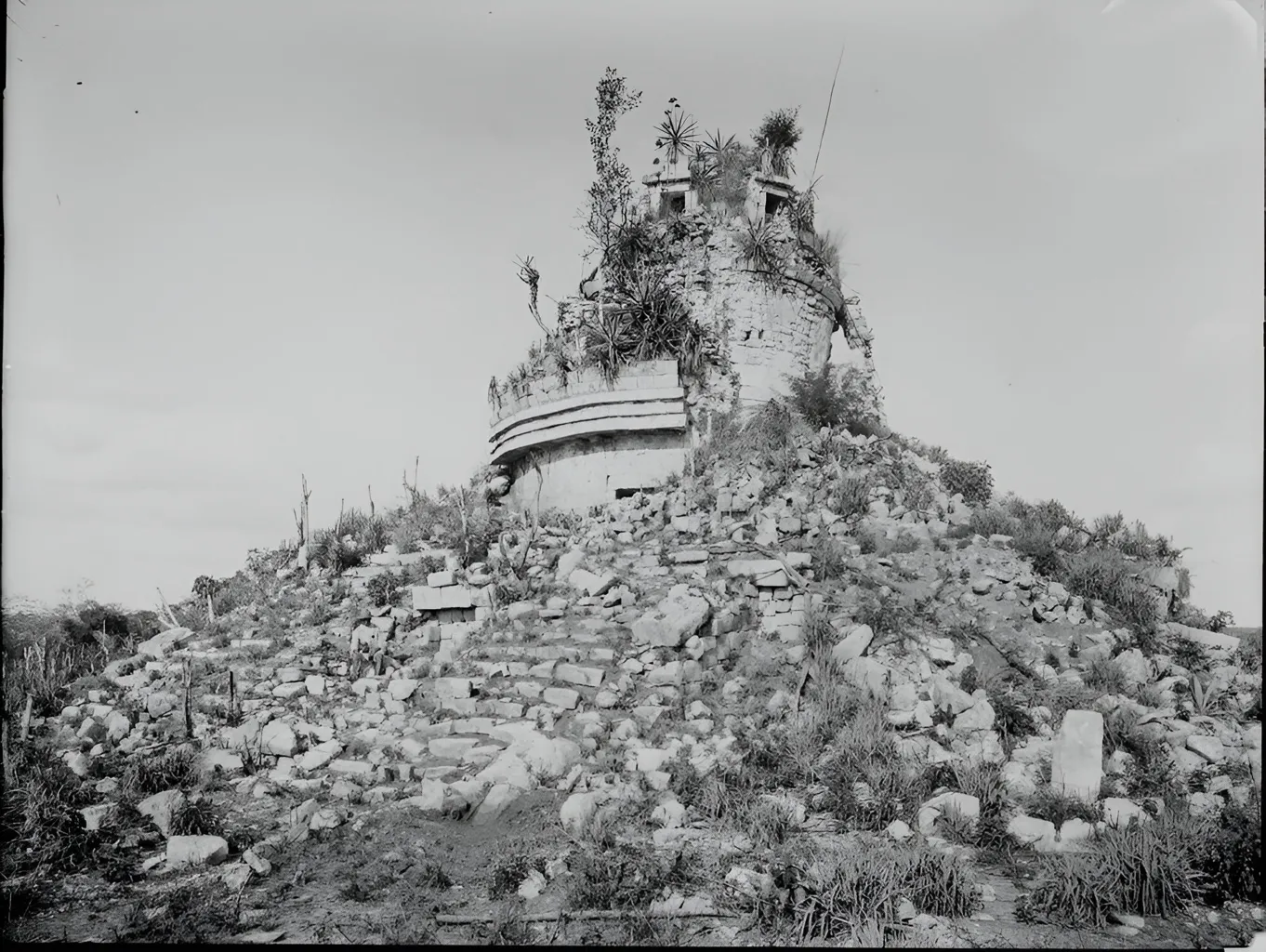
Challenges Faced
Maudslay and his team faced numerous challenges during their expedition. The dense jungle environment posed logistical difficulties, including the transportation of heavy photographic equipment and supplies. Additionally, the hot and humid climate of the Yucatán Peninsula added to the physical demands of fieldwork.
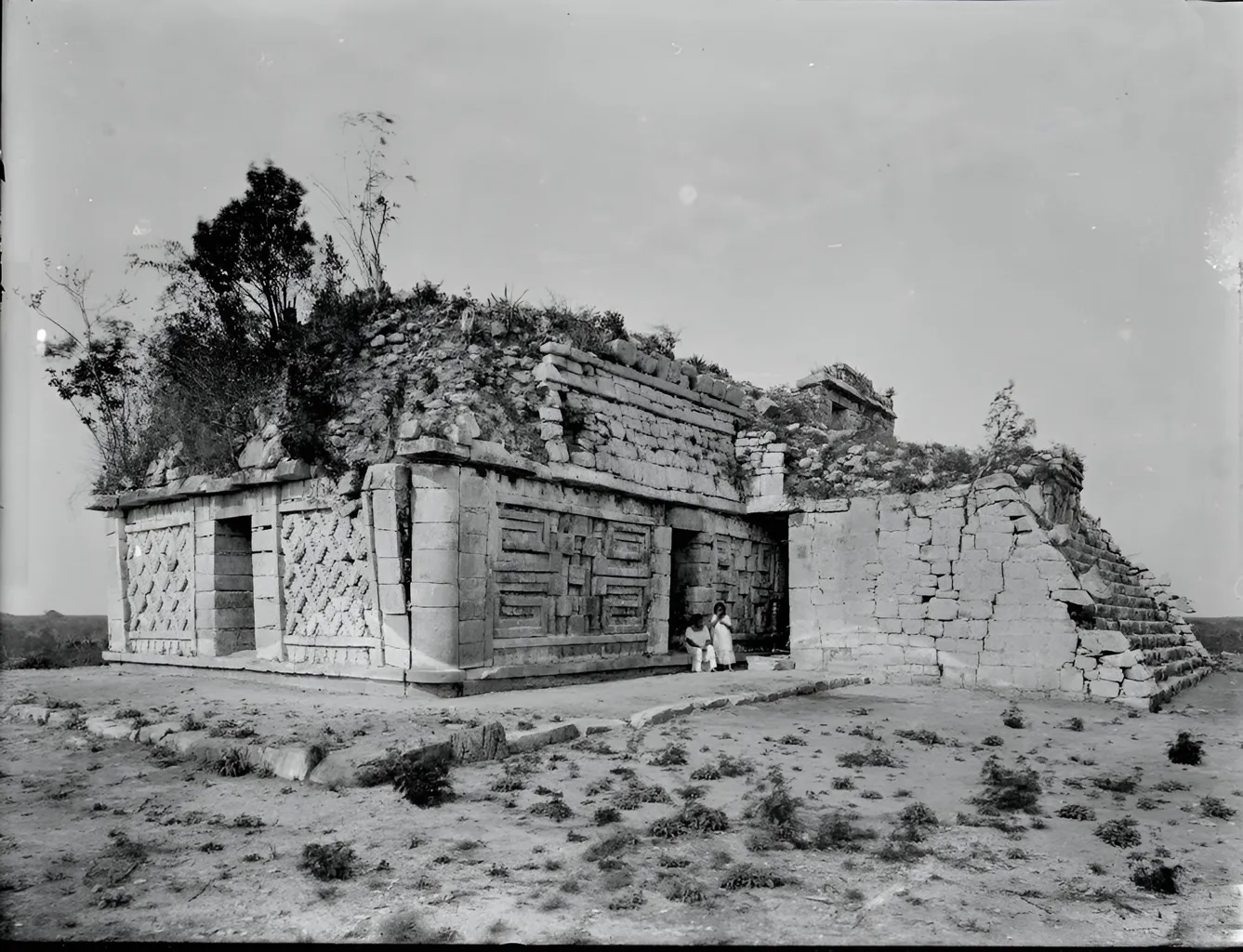
Legacy
Alfred Percival Maudslay’s expedition to Chichen Itza set new standards for archaeological documentation and preservation. His photographs, drawings, and written records remain essential resources for scholars studying the site. Maudslay’s methodical approach emphasized the importance of accurate recording and conservation, principles that continue to guide modern archaeological practices.
His publications, particularly those in “Biologia Centrali-Americana: Archaeology,” disseminated his findings to a wider audience, inspiring further research and exploration of Maya sites. Maudslay’s contributions to the understanding of Chichen Itza and the broader Maya civilization have had a lasting impact on the field of Mesoamerican archaeology.
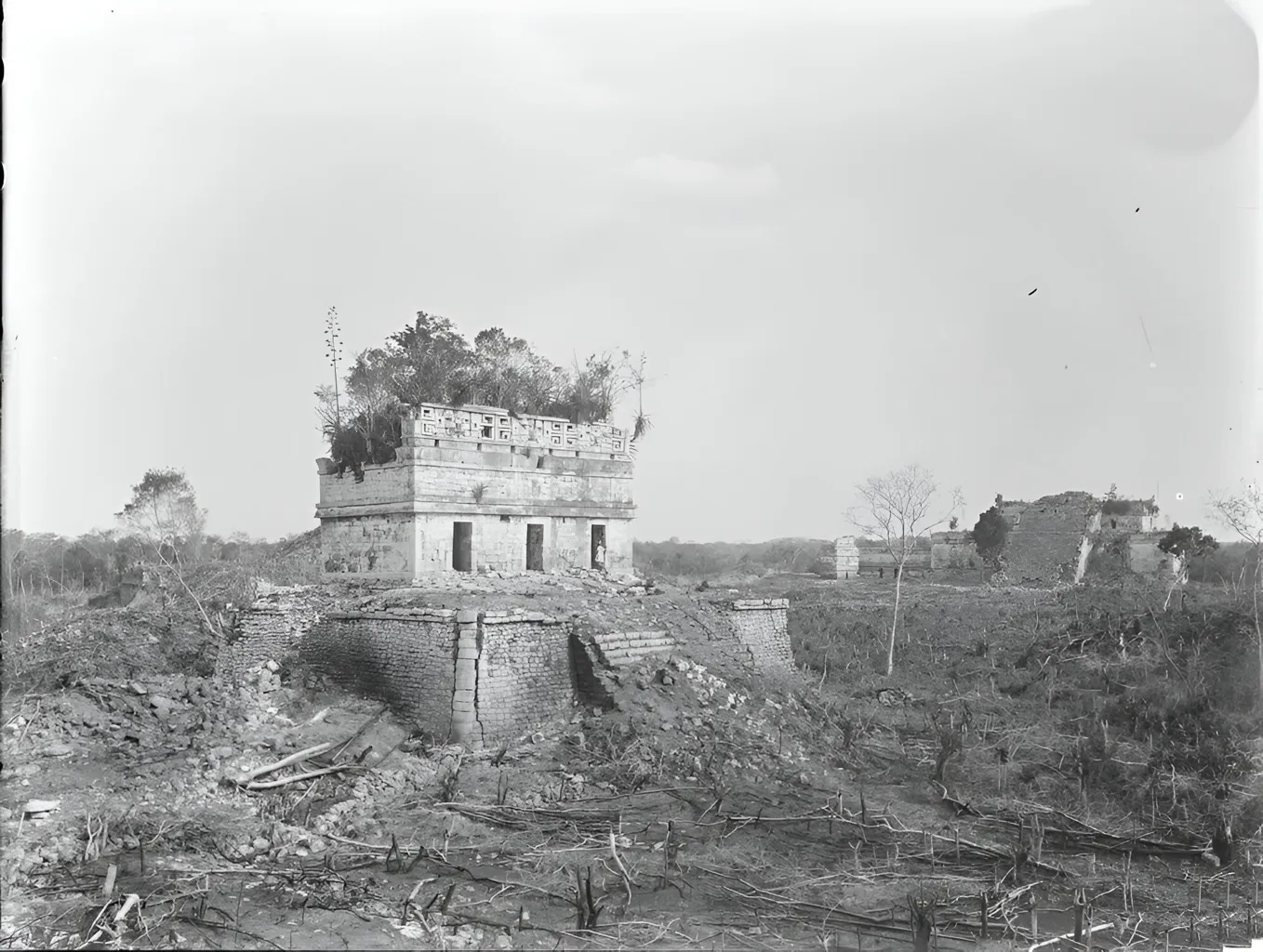
Conclusion
Alfred Percival Maudslay’s 1889 expedition to Chichen Itza was a landmark achievement that significantly advanced the study of the ancient Maya. His dedication to meticulous documentation and preservation provided a foundation for future research, ensuring that the rich cultural heritage of Chichen Itza continues to be explored and appreciated. This article honors Maudslay’s pioneering work and highlights the enduring value of his contributions to the field of archaeology.
Sources:


